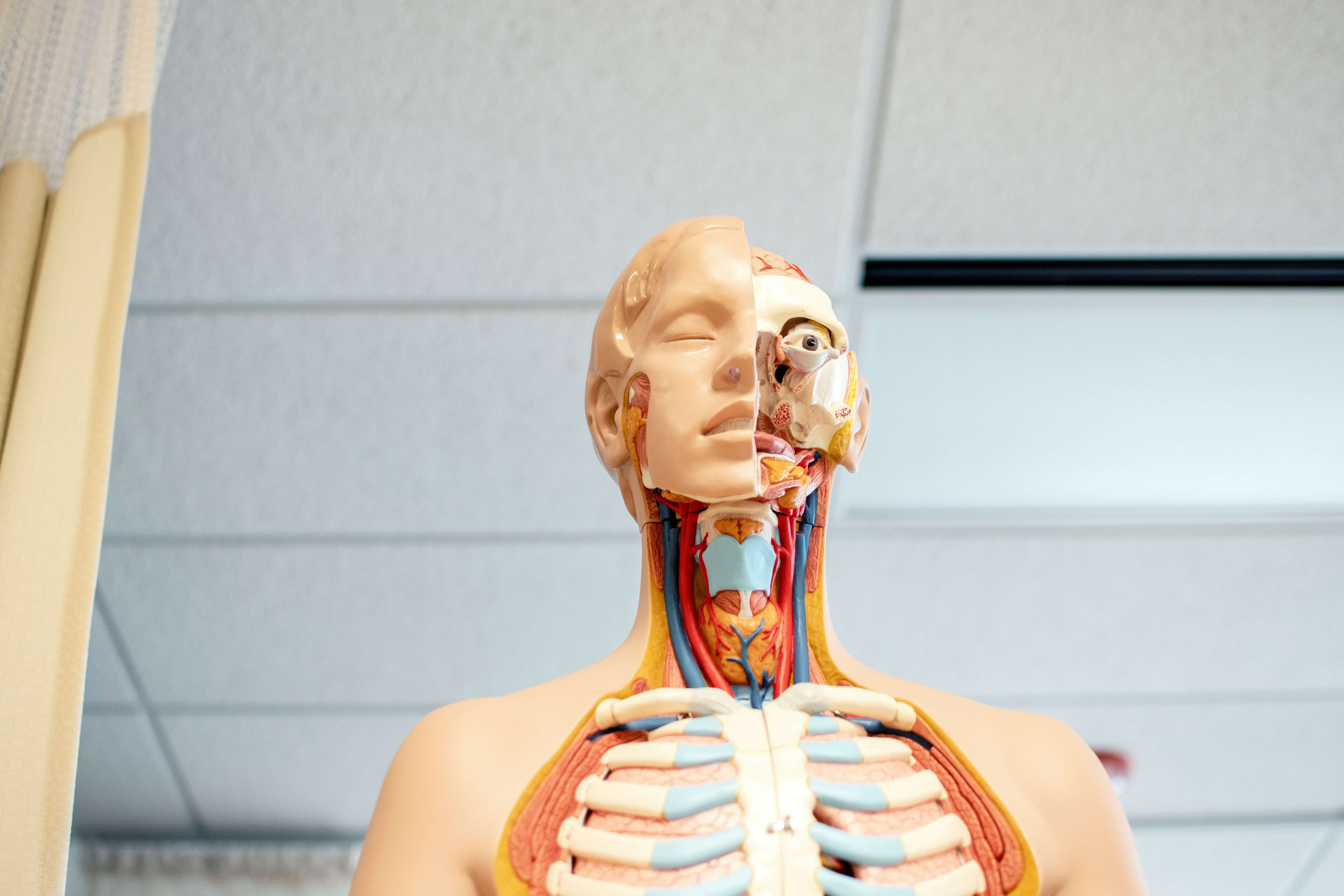Going meshless: First steps toward an environment for vocal tract simulation using the material point method

Computer simulation is an invaluable tool that speech researchers use to understand the physical processes underlying speech articulation, aerodynamics, and acoustics. In my own research, aerodynamic and acoustic simulation and biomechanical modeling have allowed me to address a number of questions related to speech production, especially concerning the functioning of the upper structure of the larynx, which is capable of complex articulatory action and vibrating in various ways to generate growl-like phonation. Structures like the larynx or the tongue, however, present serious modeling challenges because of their incredible complexity and deformability.
For many decades now, the gold standard for studying the mechanics of deformable bodies has been the finite element method (FEM). While FEM comes with the strong advantage of having been rigorously proven in both research and industry, it is not without its problems. In particular, FEM simulation relies on a computational mesh to represent a body or domain of interest. This raises serious challenges at design time, during mesh construction, and run time, with meshes being susceptible to distortion and tangling, especially under large deformation, leading to a severe loss of accuracy and even simulation failure. The field of meshless methods has emerged in response to these and other challenges (Nguyen et al., 2008), with the material point method (MPM) being one such approach that is capable of simulating both fluid and solid mechanics and their interaction (de Vaucorbeil et al., 2020). The MPM has been actively developed and improved over the past 25 years and has seen growing use in both engineering applications and in computer graphics, perhaps most famously to create the snow simulation used in Disney’s 2013 movie Frozen (Somakhin et al., 2013). In a nutshell, the MPM discretizes a body or substance into particle-like material points that carry the local physical properties of a material, such as mass, volume, deformation gradient, and stress. During a simulation step, properties such as mass and momentum of the material points are “rasterized” to a background grid, where forces driving motion are integrated to obtain an updated velocity. This velocity then gets transferred back to the particles, at which point their internal state, including position, is updated accordingly.
While it also is not without its difficulties and limitations, the MPM represents a promising direction for tackling the simulation of speech processes involving the interaction of highly deformable vocal tract structures and the air. In this talk I will present my ongoing work on developing a software platform built with the Vulkan API for simulating vocal tract structures using the MPM. I will present demos of its various features and my initial attempts at getting the larynx to vibrate.
References:
de Vaucorbeil, A., Nguyen, V. P., Sinaie, S., & Wu, J. Y. (2020). Material point method after 25 years: Theory, implementation, and applications. In Advances in Applied Mechanics (Vol. 53, pp. 185–398). Elsevier. https://doi.org/10.1016/bs.aams.2019.11.001
Nguyen, V. P., Rabczuk, T., Bordas, S., & Duflot, M. (2008). Meshless methods: A review and computer implementation aspects. Mathematics and Computers in Simulation, 79(3), 763–813. https://doi.org/10.1016/j.matcom.2008.01.003
Stomakhin, A., Schroeder, C., Chai, L., Teran, J., & Selle, A. (2013). A material point method for snow simulation. ACM Transactions on Graphics, 32(4), 1–10. https://doi.org/10.1145/2461912.2461948
Bio:
Scott Moisik is currently an Assistant Professor in the Division of Linguistics and Multilingual Studies at Nanyang Technological University, Singapore. His focus is on the ‘meat’ of speech: he does research on speech production with an emphasis on anatomy, physiology, and biomechanics of speech, and the genetic, developmental, and evolutionary underpinnings of the vocal tract. He is interested in how these factors, along with the aerodynamic, acoustic, perceptual, and social facets of speech, conspire to shape speech sound systems, both giving rise to striking similarities yet also diversity from one language to the next.

